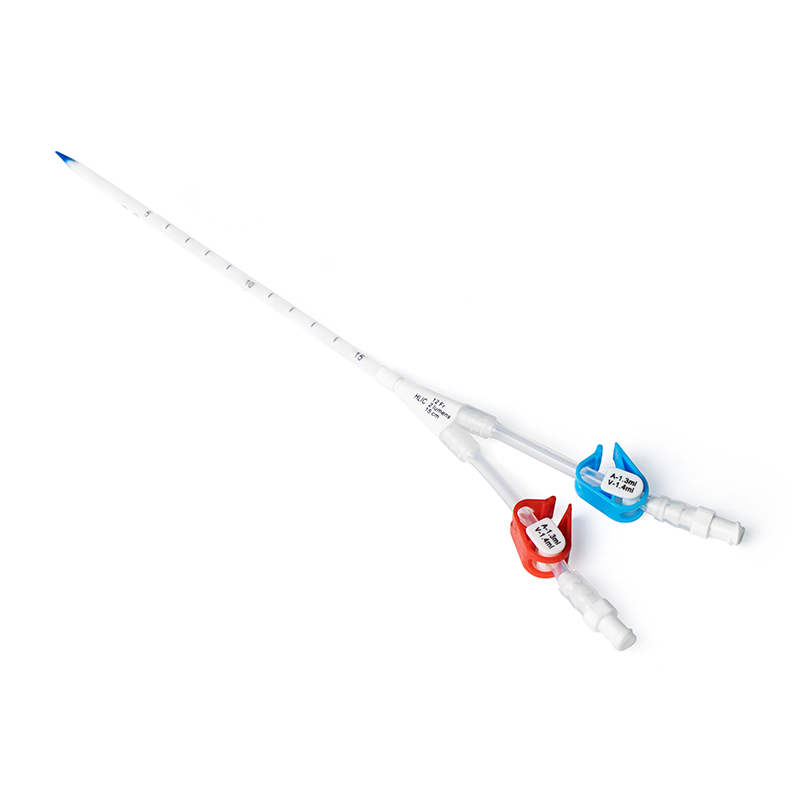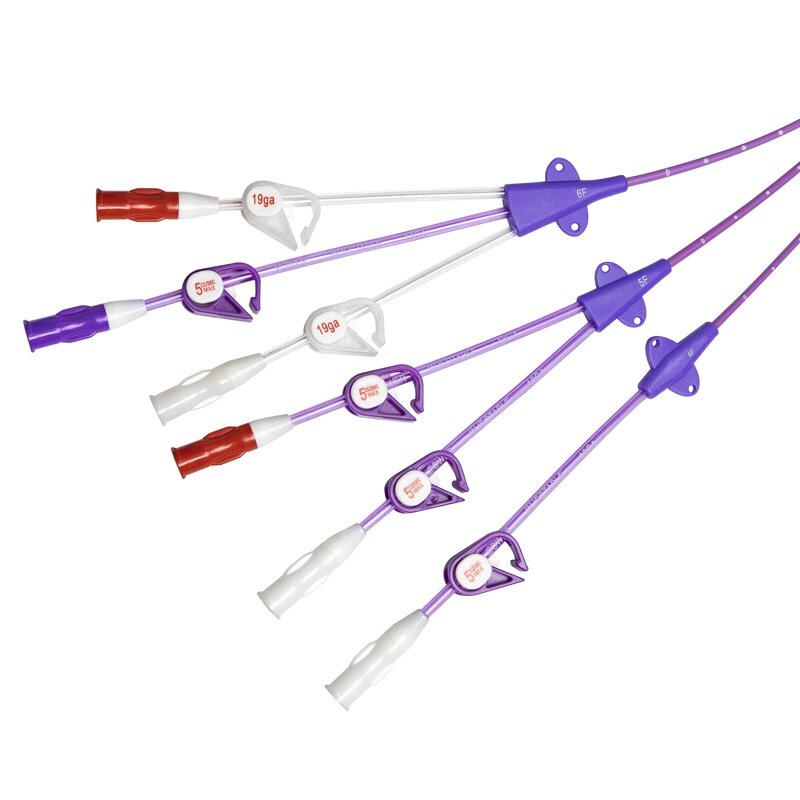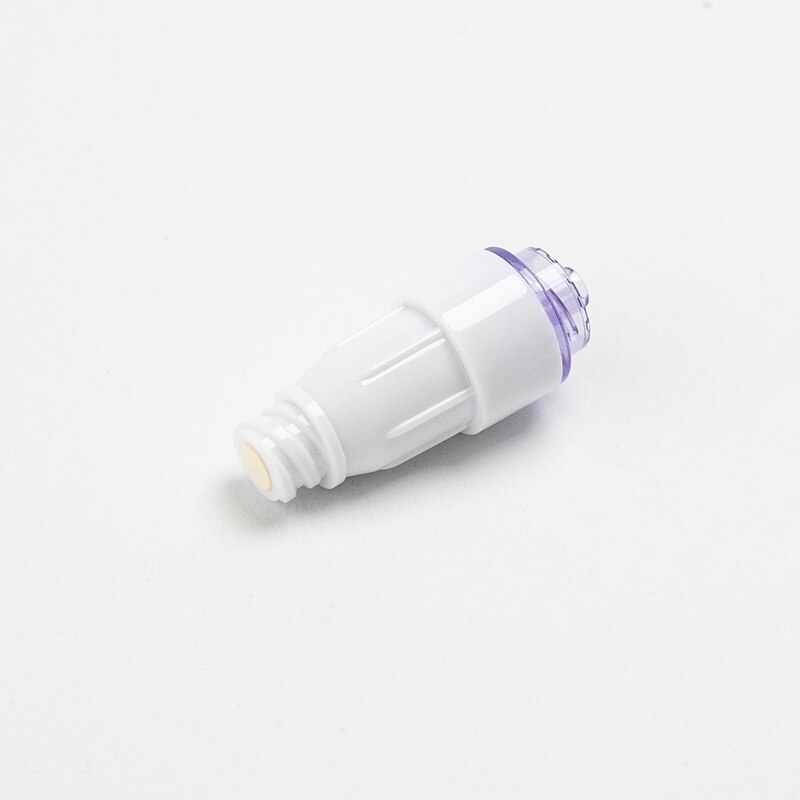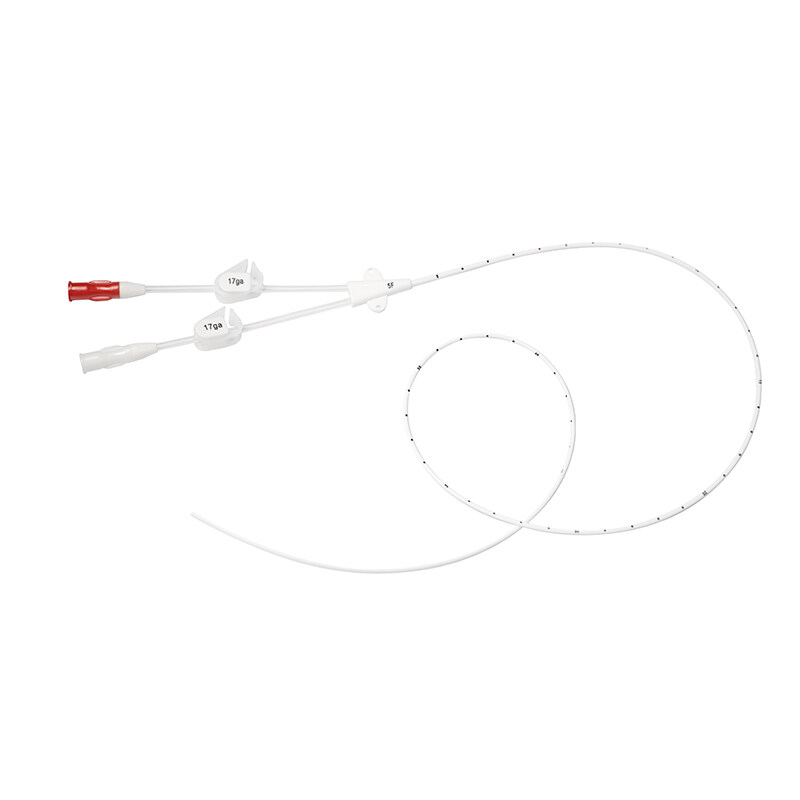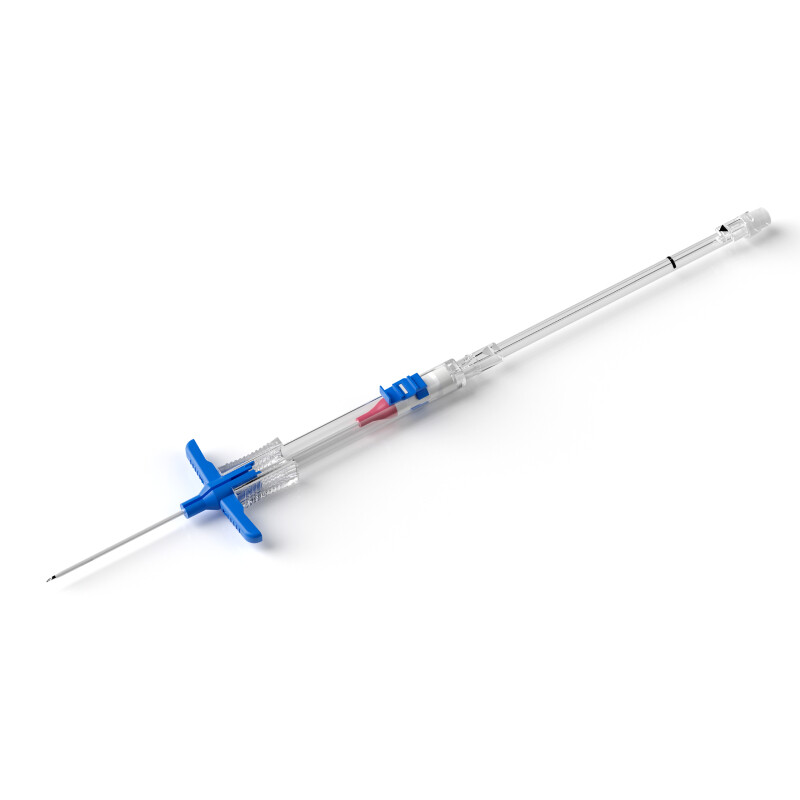Central venous catheter devices are essential for patients who need long-term medical treatment. These devices are used to deliver medications, fluids, and nutrients directly into a patient's bloodstream.
A central venous catheterization kit is a sterile kit used to insert the catheter, which can be placed in the subclavian, jugular, or femoral veins. The central venous catheter devices can remain in place for weeks or even months, but it's essential to know when to change them.
Central Venous Catheter Care Nursing: How Often Should be Changed?
The frequency of changing central venous catheter devices depends on the type of catheter, the reason for insertion, and the patient's condition.
Generally speaking, the catheter should be changed every 4-6 weeks. If the patient develops any complications such as infection, clotting, or dislodgement, the catheter should be changed immediately. However, in some cases, it may be necessary to change the catheter more frequently or less often.
Factors Affecting the Frequency of Central Venous Catheter Change
Central Venous Catheter Types
The type of catheter used determines how often it needs to be changed. For example, central venous catheter tunneled may be left in place for longer periods than non-tunneled catheters because they are less likely to become infected.
Reason for Central Venous Catheter Insertion
The reason for central venous catheterization kit insertion also affects the frequency of catheter changes. For example, a catheter used for chemotherapy may need to be changed more frequently than a catheter used for fluid administration.
Patient Condition
The patient's condition may also influence how often the catheter needs to be changed. Patients who are immunocompromised or have other underlying health conditions may need more frequent changes.
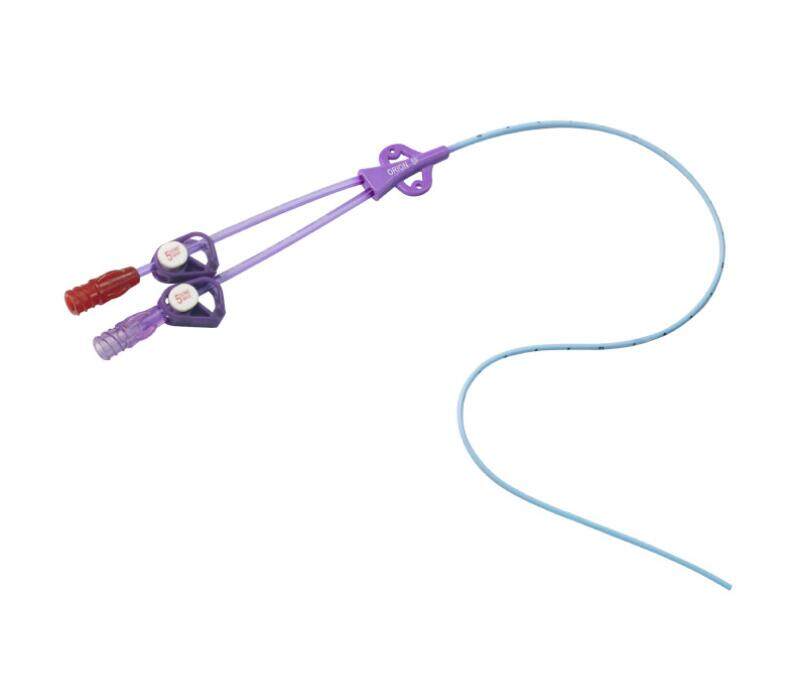
Power Injectable Central Venous Catheter Double Lumen
Central Venous Catheter Care at Home
Central venous catheter care at home is possible with proper training and guidance from healthcare providers. It's essential to follow strict hygiene practices and keep the site clean and dry to prevent central venous catheter infections.
Central venous catheter care at home requires careful monitoring and regular dressing changes. Patients should also avoid touching the catheter or the area around it.
Central venous catheter care nursing is crucial to prevent central venous catheter complications. The following are some tips for central venous catheter care at home:
● Keep the catheter site clean and dry.
● Wash hands before and after touching the catheter.
● Use sterile techniques when changing the dressing.
● Avoid swimming or bathing until the catheter site has healed.
● Watch for signs of infection, such as redness, swelling, or fever.
If any problems occur, please contact your healthcare provider right away. Don't try to handle it yourself to avoid unnecessary trouble.
Conclusion
Central venous catheter devices are a critical component of medical care for patients who require long-term medical treatment. Knowing how often to change the catheter is essential to prevent complications such as infection, clotting, and dislodgement.
Regular central venous catheter care nursing and following strict hygiene practices are crucial to ensure the catheter site remains clean and dry.
Patients and caregivers should follow central venous catheter care nursing and central venous catheter care at home guidelines to ensure the safety and effectiveness of the central venous catheter.

